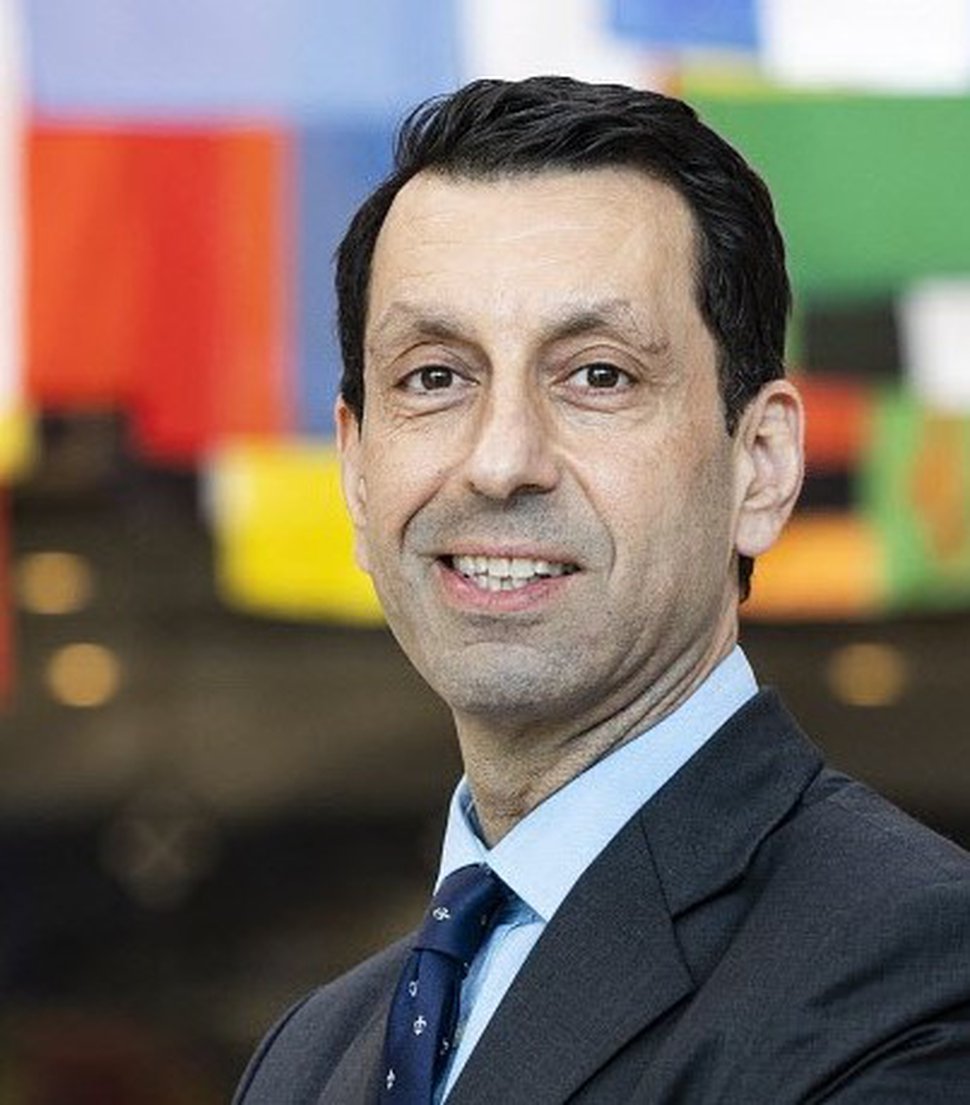Opinion
The invisible climate bomb: why we can’t ignore nitrous oxide
There are forces within our world that go unnoticed, quietly threading through the air and into the soil that sustains us. A new report by the Food and Agriculture Organization (FAO), the United Nations Environment Programme (UNEP), and the Climate and Clean Air Coalition (CCAC) highlights nitrous oxide as a significant but often overlooked environmental threat. This Global Nitrous Oxide Assessment doesn’t just sound the alarm; it offers concrete solutions. It shows us a way to tackle a greenhouse gas that’s been largely overlooked but is now on a fast track to disrupting the climate and public health on a global scale.
Nitrous oxide is the third-largest contributor to global warming among greenhouse gases, with a warming potential 270 times greater than carbon dioxide. It is also the leading ozone-depleting substance released by human activity. Yet, somehow, it’s rarely mentioned alongside more visible pollutants. As the planet strains under the impact of climate change, nitrous oxide could well be the tipping point that pushes us past the 1.5-degree threshold of warming we’re trying so hard to avoid.
The Quiet Menace
Nitrous oxide doesn’t make headlines. Unlike carbon dioxide, it’s not a household name. And unlike other ozone-depleting gases, it’s not even covered by the Montreal Protocol, the global agreement that has already helped phase out some of the world’s most harmful pollutants. Yet here we are, facing a crisis. Nitrous oxide is now the most destructive ozone-depleting substance in our atmosphere. Its reach affects everyone.
To put it simply, we’re already seeing the effects. Nitrous oxide has contributed about 10% of the planet’s warming since the start of the industrial era. And that’s not all—the Global Nitrous Oxide Assessment predicts that, without intervention, emissions will increase by another 30% by 2050. Left unchecked, nitrous oxide is set to become a silent but massive threat, putting countless lives and livelihoods at risk.
The Solutions We Already Have
The good news is that we’re not flying blind. We have solutions that are tested, practical, and ready to be put in place. The report lays out clear steps to reduce nitrous oxide emissions by 40%, a target we could hit with the right policies and practices. This isn’t solely a matter of technology; it requires the resolve to act broadly.
Agriculture is where much of this effort needs to happen. Roughly 75% of nitrous oxide emissions come from fertilizers and manure in our fields. The solution isn’t to cut back on nitrogen, which plants need to grow, but to use it smarter. For instance, using controlled-release fertilizers, testing the nitrogen in soils, and applying fertilizer in stages instead of all at once. These are all relatively simple fixes that can make a big difference. The FAO is already working with countries to make these practices standard, helping farmers produce more food with less environmental impact.
Then there’s crop management—simple changes like planting nitrogen-fixing crops, cover crops, and reducing tillage. These approaches improve soil health, cut emissions, and make farms more resilient to climate change. Manure management also plays a key role here. With methods like solid-slurry separation, dry storage, and anaerobic digestion, farms can reduce emissions from animal waste. Add in practices like rotational grazing and optimized livestock diets, and you’ve got a straightforward way to lower emissions and improve productivity on farms around the world.
But for these changes to take root, we need more than just innovation on the ground; we need a strong policy framework to back it up. FAO and CCAC are already working to help countries align sustainable nitrogen management with national climate and food security goals. This requires tackling regulatory, economic, and social barriers head-on. Farmers need financial incentives, supportive policies, and education if they’re going to make the leap to sustainable nitrogen use.
A Model of Global Cooperation
We’ve done this before. Decades ago, the world came together to protect the ozone layer under the Montreal Protocol. It was a remarkable example of international cooperation, and it worked. Today, we need that same level of commitment. Addressing nitrous oxide emissions isn’t just about reducing a single greenhouse gas; it’s about rethinking the systems we rely on and building resilience for the future. FAO and CCAC’s work is directly in line with the Paris Agreement and the Sustainable Development Goals, and addressing nitrous oxide will strengthen our food security, health, and environmental resilience.
he choices we make now will define the world we pass on. Scientists have given us the data; policymakers have laid out a framework. What’s left is our resolve. Ignoring nitrous oxide emissions isn’t an option anymore. If we let this slide, the consequences will ripple out—in warmer temperatures, in lives cut short, in fragile food systems stretched beyond their limits.
We’re at a crossroads. The solutions are here, and the path is clear. With the will to act, cooperation on a global scale, and grounded agricultural practices, we can turn the nitrous oxide threat into an opportunity to build something better. Let’s take this path, not just because we have to, but because it’s the right choice for the future we want to create.

